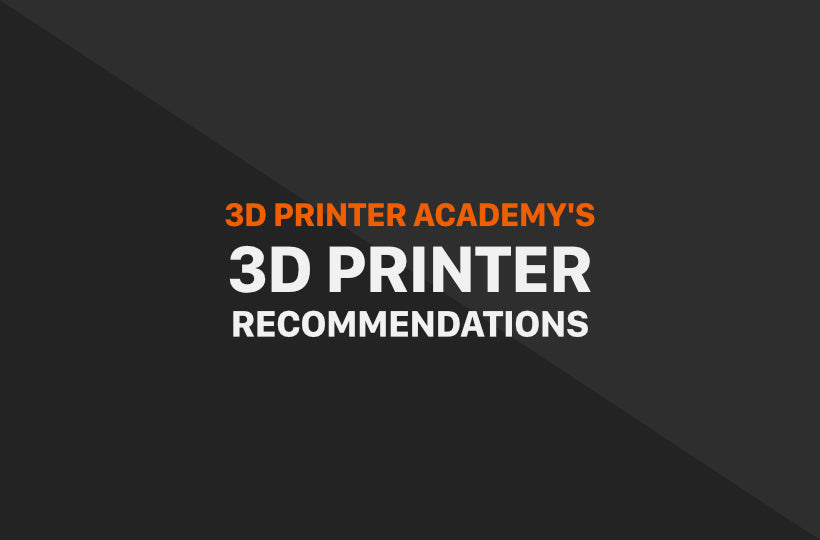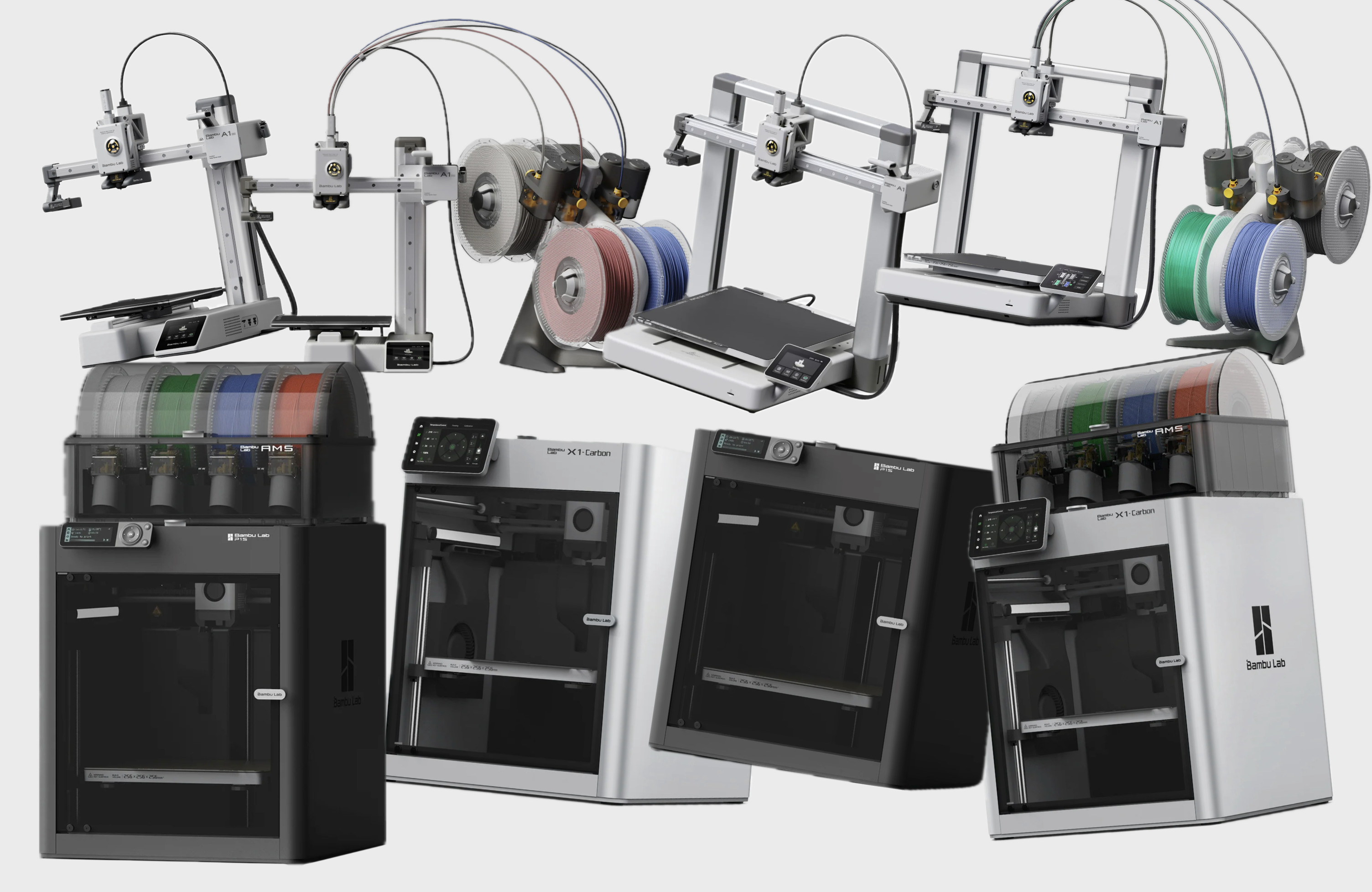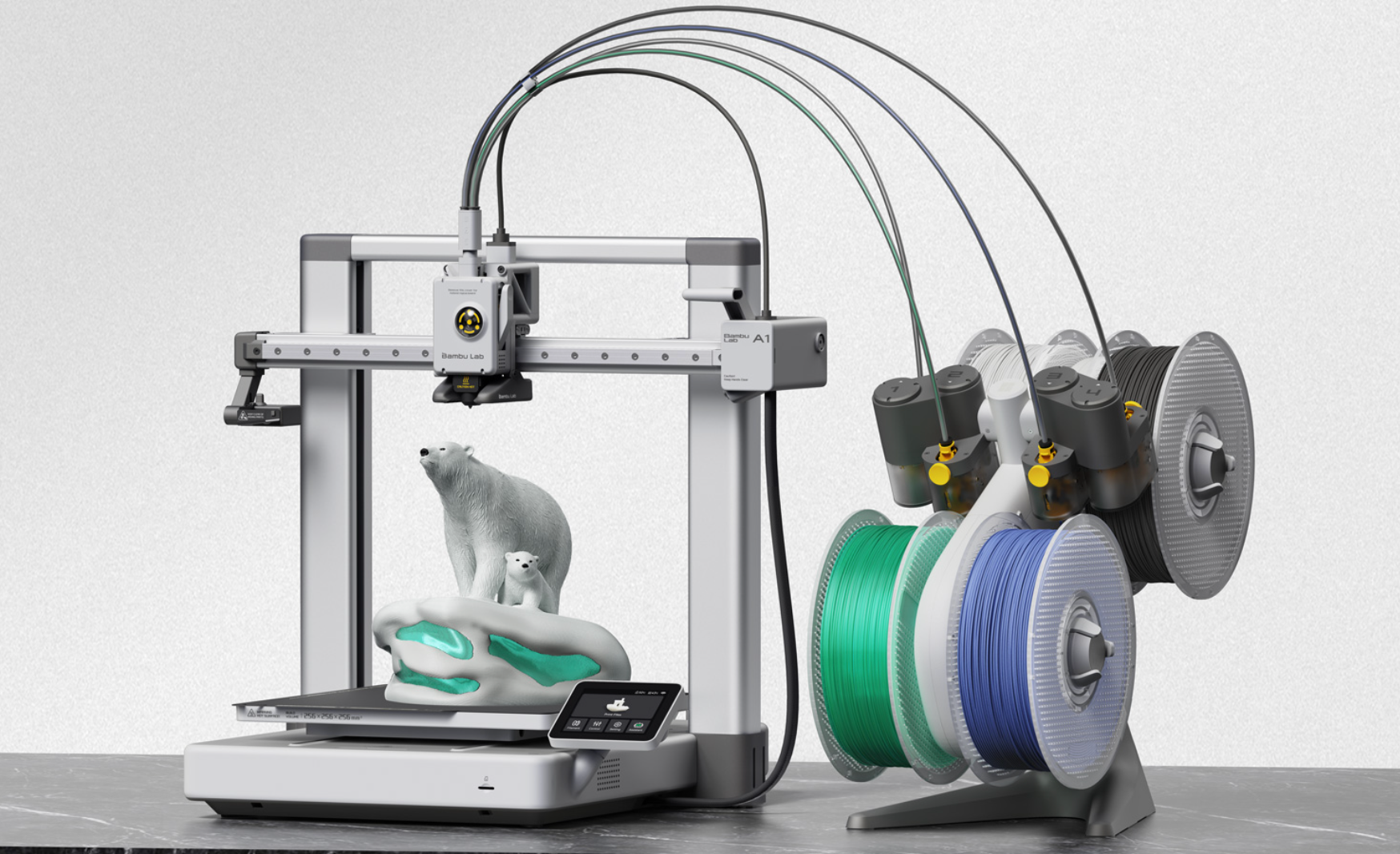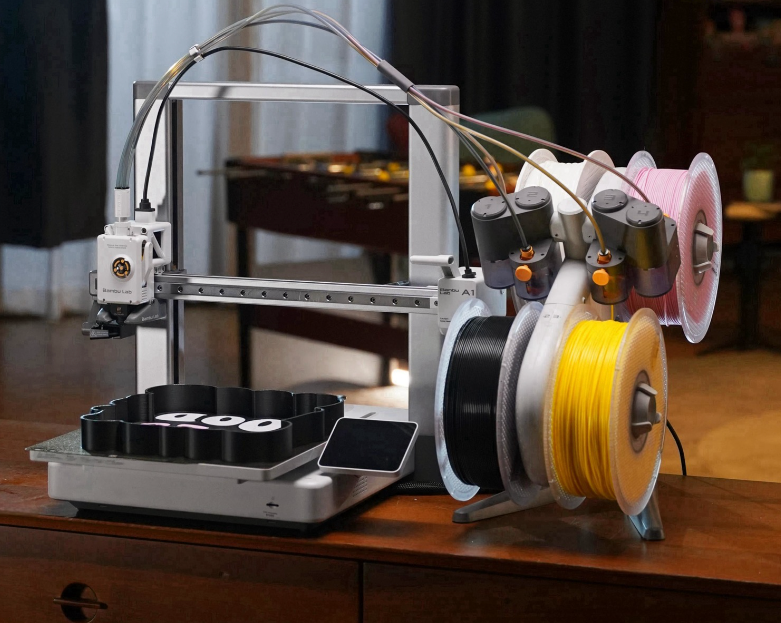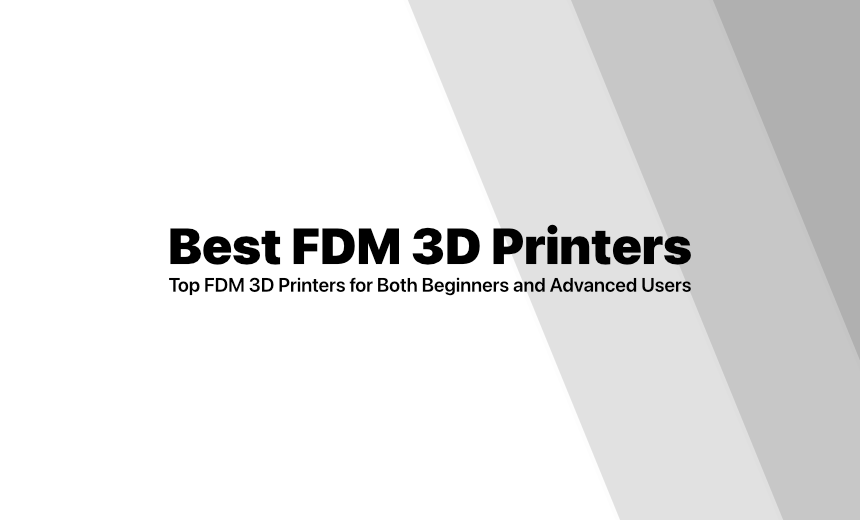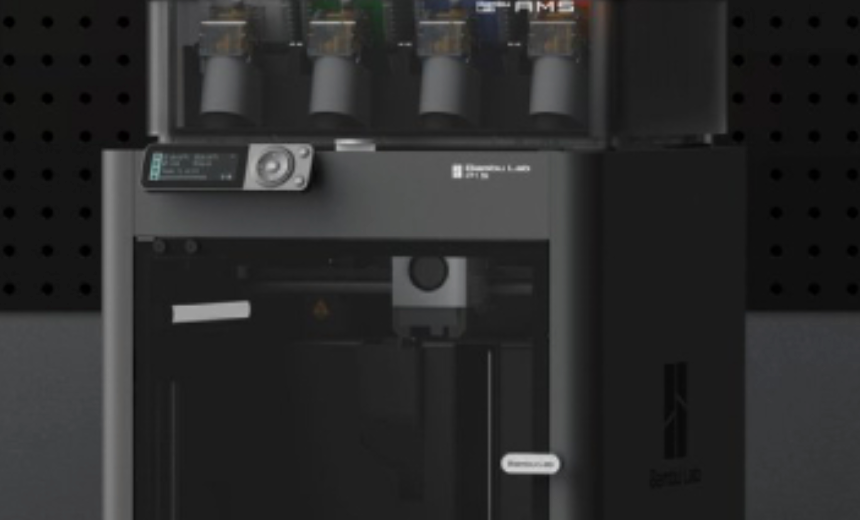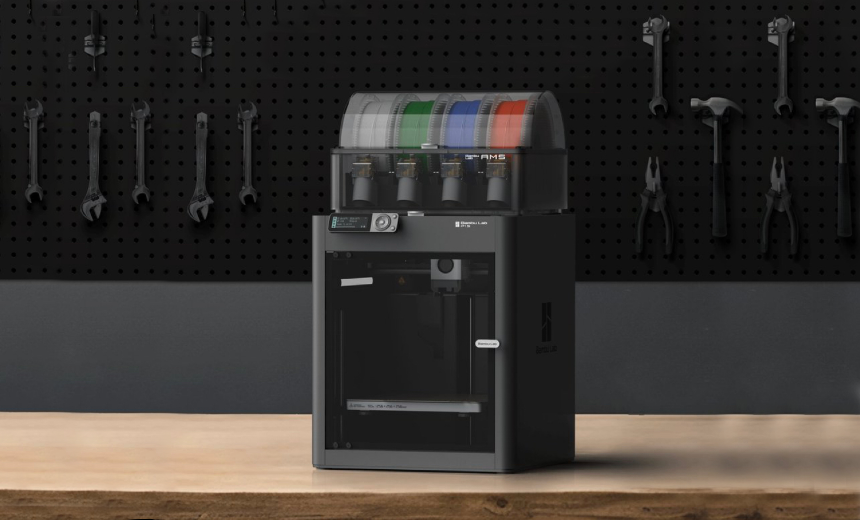Choosing the perfect 3D printer for your needs can be an overwhelming endeavor due to the multitude of available options. This article presents the best budget FDM 3D printers that you can purchase for under $1000.
#1: Bambu Lab P1S + AMS | Price: $699 ($949 with AMS)

The new Bambu Lab P1S has been officially announced, and it is practically perfect. The Bambu Lab P1S FDM 3D printer features a fully enclosed body, ultra-fast print speeds, and AMS upgrade, all for just $949.
The Bambu Lab P1S is the third 3D printer that has been released by Bambu Lab in their initial two years of business. So, where does the P1S stack up? The P1S boasts many of the technical specifications found in the less expensive P1P and the more expensive X1, positioning it as an intriguing, and potentially game changing, middle-ground option.
Bambu Lab P1S Features:
- Fully enclosed plastic and glass body with a 256 x 256 x 256 build volume.
- The same print speed as the P1P and X1C, with a max speed of 500mm/s and 20 m/s² acceleration.
- Stainless steel, all-metal hotend.
- Supported Filament Materials: PLA, PETG, TPU, PVA, PET, ABS, ASA
Pros and Cons of the Bambu Lab P1S
One of the best features of Bambu Lab 3D printers is their Automatic Material System, or AMS. Before the P1S, you could attach an AMS to a P1P to save some extra cash. However, to be honest, the AMS looks out of place on the exposed frame of the P1P.
Pros: Excellent value for multi-material AMS and enclosure.
Cons: Lacks full-color touchscreen controls.
#2 Creality K1 | Price Range: $539

The Creality K1 is Creality’s answer to the Bambu Lab X1: a fully enclosed, smart, CoreXY FDM machine that runs fast. It reaches feature parity with the X1 with a similar design in most ways, but for a lower price. It touts all the self-calibration, tuning, and speed printing that the X1 is capable of.
Pros:
- Fast: With a rigid CoreXY gantry mechanism, the K1 is a speed demon, capable of printing faster than most printers within this price tier (<1K) right out of the box. No tinkering or testing is needed--it just works that fast.
- Smart: It has built-in maintenance reminders and calibration sequences, which make ownership much easier. No more debugging or guesswork is required to fix and repair; the printer can tell you exactly what it needs. It has Klipper built-in, offering key user interface elements that are useful and user-friendly.
- Full Material Capability: The enclosure allows for full material compatibility.
- Slice and 3D Print Directly from Your Phone or Tablet: By using the Creality Cloud app, you can browse 3D models, slice, and 3D print directly from your phone. The Creality K1 is one of the few 3D printers where this is possible, making it a major selling point for the printer.
Cons:
- Cloned: This printer closely resembles a Bambu Labs Clone, as several of its physical elements look similar to the X1. There are concerns over long-term support, given Creality’s track record of releasing new models without adequately supporting their older ones.
- Loud: The biggest downside to the Creality K1 is its noise level. It's a very loud 3D printer. In this video, you can hear exactly how loud the Creality K1 is.
#3: Bambu Lab P1P | Price: $599 (+optional upgrades)

The Bambu Lab P1P is the inexpensive brother of the flagship Bambu Lab X1, replicating the X1’s fast and efficient internals without the extra frills. The P1P is compatible with the automatic material system (AMS) for multi-color printing, for up to 16 colors. Great for beginners, professionals, or creatives, the P1P is plug-and-play within 15 minutes of unboxing. It is an intelligent product that needs little maintenance or intervention.
Pros:
- Fast: With a rigid CoreXY gantry mechanism, the P1P is a speed demon capable of printing faster than most printers within this pricing tier (<1K) out-of-the-box. No tinkering needed, no testing-- it just works that fast.
- Upgradable: Has built-in connections for additional cameras, lights, multi-color printing, and extra cooling. Printer works fine without these bits, but it’s nice to add on if you desire in the future.
- Smart: Has built-in maintenance reminders and calibration sequences that make ownership much easier-- no more debugging or guesswork needed to fix and repair-- the printer can tell you exactly what it needs.
- Active Development: Bambu Lab is regularly releasing firmware upgrades for the machine and software upgrades for the Bambu Lab slicer, which improve the user experience significantly.
Cons:
- Closed Source: The Bambu Lab team has not opened their printer hardware. This may mean problems in future if the company goes under or repairing supplies become scarce, but for now-- replacement parts are cheap and rapidly available on the Bambu Lab store page.
- Simple: The P1P is a stripped-down X1. There are hardware bits that aren’t on the P1P that you may want to evaluate-- if you want a built-in camera, lights, touchscreen interface, better part cooling, or enclosure with your printer, consider buying the X1 or X1C printers for a bit more money.
#4 Prusa MK3S+ Assembled | Price Range: $899 assembled. $649 as a kit
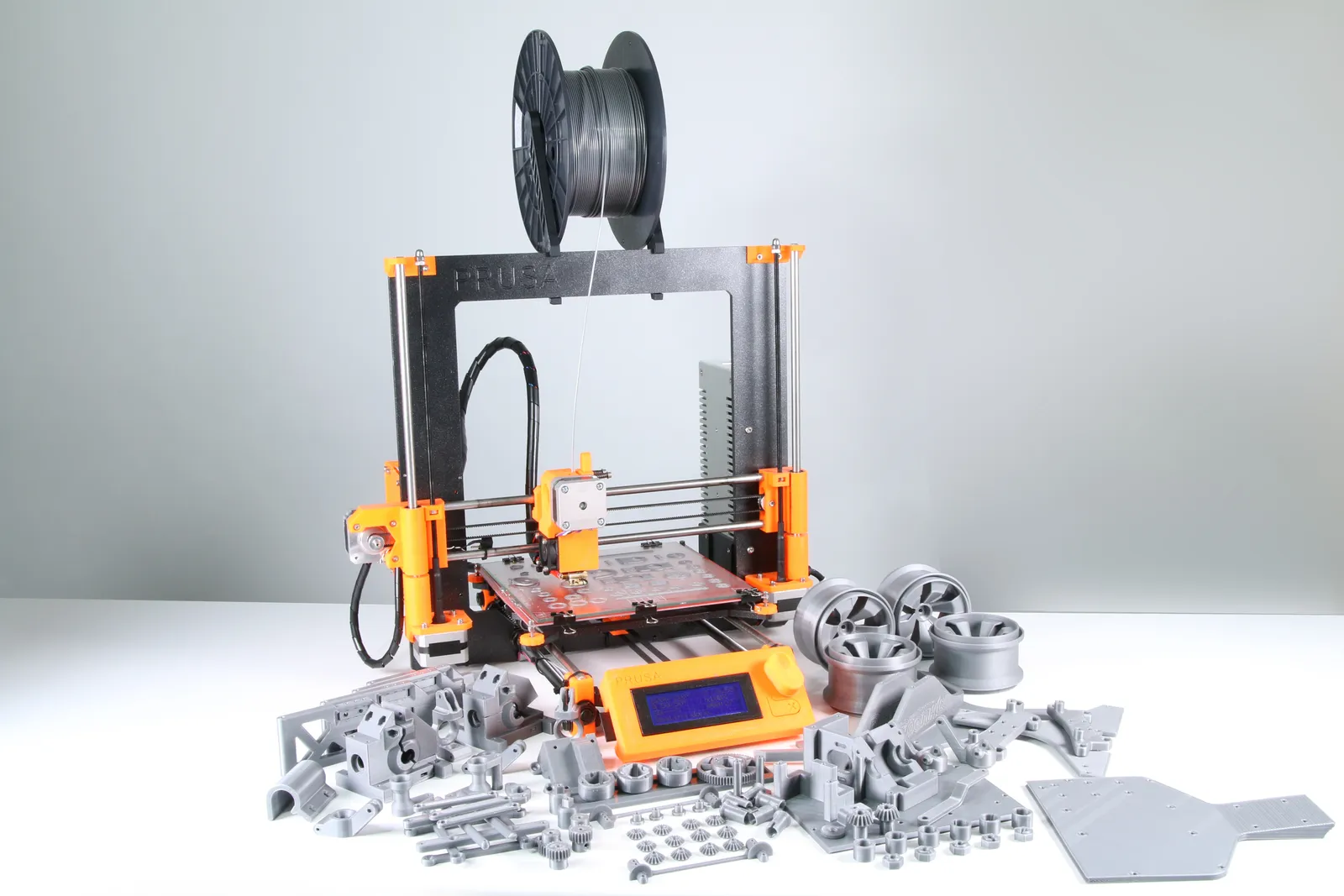
The Original Prusa i3 MK3S+ is Prusa’s old flagship 3D printer, a time-tested, market-leading, old-faithful machine. It carries the Prusa brand-name of user support, experience, and polish and earns its place in the pantheon of 3D printers that “just work”. Despite these positive qualities, some argue is dated as the newer MK4 released in 2023 and is expensive in comparison to competitors with more features.
Pros:
- Reliable: The MK3S+ is one of the oldest yet still available 3D printers available. There is a large community of users and Prusa has the most extensive Support staff on-hand to help users 24/7. Print quality is king here.
- Upgradable: Prusa has upgrade paths available for the MK3S+ to the MK4, with 3D printable hardware parts and kits available for users to print or buy themselves.
- Smart: Has built-in calibration sequences that make ownership much easier.
- Active Development: Prusa is regularly releasing firmware upgrades for the machine and software upgrades for the Prusaslicer, which improve the user experience significantly.
Cons:
- Dated: The MK3 line of printers is several years old now, and most of the innovation that could have been done to improve its performance has already been completed. Not much more can be done to improve on it. The MK4 is Prusa’s attempt to address this, but it’s not much better.
- Not enclosed: This limits the materials that the MK3 can print reliably.
- Slow: The MK3S does not have input-shaper or a CoreXY system, so it prints slower than competitors in the same price range.
- Cloned: Users can buy clone kits for a fraction of the price online.
The Verdict:
Bambu Lab is really swinging for the fences with the P1S+AMS combo, priced at only $949 for a premium 3D printer. This fast, high-quality machine offers great value. This new addition from Bambu Lab is set to shake up the 3D printing industry once again.
Coming in second is the Creality K1. More affordable, it allows users to 3D print directly from their phones or tablets, making it a great choice for children, hobbyists, and professionals alike.


